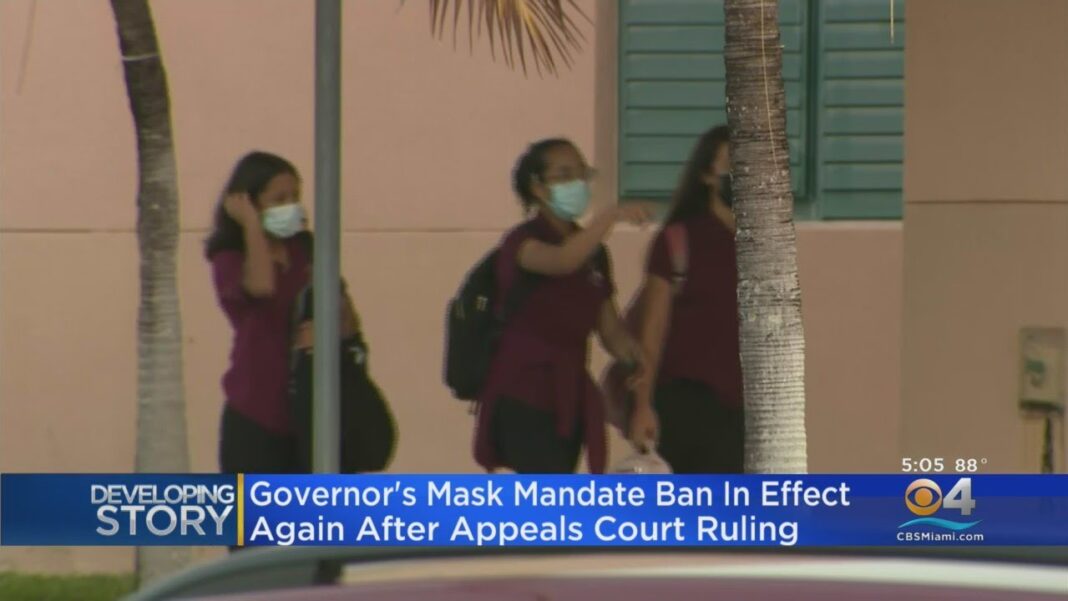Producer prices rose at their highest annual pace on record in August and slightly above expectations, with the newest inflation-related datapoint likely to reinforce broader concerns about rising prices as higher production costs tend to trickle down to consumers.
The Labor Department said in a Sept. 10 statement that, for the 12 months ending in August, the final demand producer price index (PPI) jumped by 8.3 percent, the highest number in the history of the series, which dates from 2010. Consensus forecasts, according to Investing.com, showed economists expected an 8.2 percent rise in the PPI final demand measure.
On a month-over-month basis, the final demand PPI rose 0.7 percent in August, lower than the 1.0 percent recorded in June and July, suggesting the peak in producer price inflation may have passed.
Producer prices less food, energy, and trade services—a gauge often preferred by economists as it excludes the most volatile components—rose 0.3 percent month-over-month in August, well below the 0.9 percent figure in July, which was the biggest advance in the number since it climbed 1.0 percent in January.
On a year-over-year basis, producer prices excluding food, energy, and trade services rose 6.3 percent in July from a year earlier. This, too, was the biggest jump since the Labor Department started tracking the number in 2014.
Final demand producer energy prices surged by a seasonally unadjusted 32.3 percent over the year in August, goods advanced 12.6 percent, and food 12.7 percent, the data show.
High producer prices were also a key theme in the Federal Reserve’s most recent edition of the “Beige Book,” released on Sept. 8, which provides periodic economic snapshots of the United States, based on reporting from the central bank’s 12 districts. The report covered the period of early July through August.
Half of the districts described input price inflation as “strong,” while the other half characterized it as “moderate.” Resource shortages were “pervasive” and input price pressures “widespread,” with many businesses reporting difficulty sourcing key inputs, even at greatly increased prices, the report says.
By Tom Ozimek







